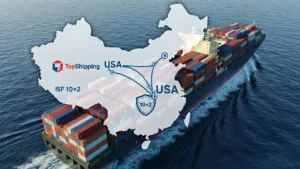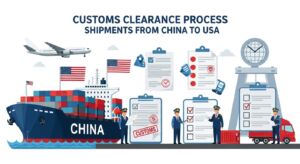International shipment tends to be quite hectic because there are a lot of procedures and regulations to be followed. Starting from China to Canada, it is considered one of the busiest trade routes as China is one of the largest suppliers in Canada. In all these procedures, how to manage the cost of shipping a container to Canada is quite hectic; it all depends on various factors which include container shipping rates from China to Canada. Understanding the cost of shipping a container from China to Canada is quite significant for businesses and those who intend to budget effectively. This knowledge generally helps in planning and smooth logistics operations.
Freight From China To Canada
Shipping from China to Canada can occur in various ways, depending on what works best for you. Air freight is faster but rather expensive; it usually takes 5 to 10 days. In the cases of urgent or highly valued shipments, sea freight is quite popular if one happens to be on a tighter budget. Generally, sea freight is used for large shipments and takes longer, usually within the range of 20 to 40 days.
Knowing the options at hand would be a big plus when working with experienced freight forwarders. They organize logistics to see that your shipment clears customs and gets to its destination on time. freight forwarders are also capable of helping to find a good balance between cost and delivery time-be it through air, sea, or even rail freight. Shipping from China to Canada can be time and cost-effective, in addition to proper planning and a reliable partner, right for your individual needs.
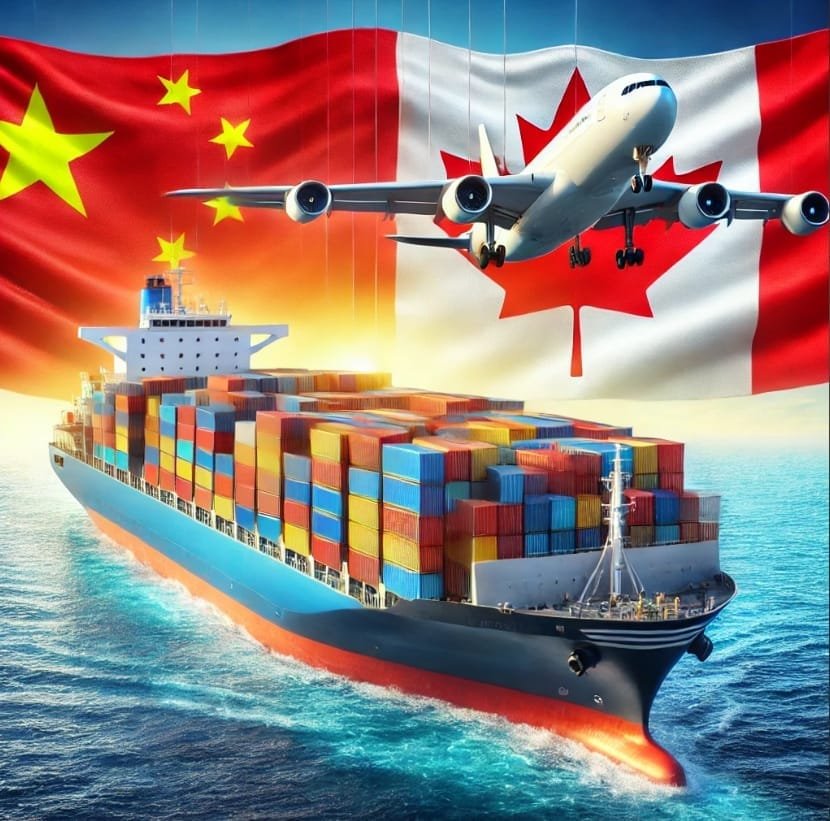
shipping container from china to canada
Sea shipping from China to Canada is one method to send a container; however, it also has some disadvantages: shipping costs are too high, and this includes the base of shipping cost, fuel charges, customs duties from Canada to China. It usually takes several weeks to deliver sea shipments from China to Canada, which could be problematic in urgent cases. Bad weather or high-volume ports might delay that. Customs, in general, is always tricky in both China and Canada, especially for specific or highly regulated products. Of course, there is a possibility of damage or loss during transport. Sea shipping is also extremely bad for the environment; for example, there’s a huge carbon footprint. The shipping process involves coordination with different parties-suppliers, carriers, customs agents-which might be quite complicated. Despite such challenges, sea shipping containers from China to Canada remain vital to many businesses; for this reason, careful planning remains paramount to the whole operation.

Some of the goods that Canada imports from China include:
Electrical and electronic equipmentMachinery, nuclear reactors, and boilersArticles of apparel, knit or crochetedPlasticsFurnitureOptical, photo, technical, and medical apparatusToys, games, and sports requisite
The government of Canada levies a tax rate of about 4.8% on all goods that are imported to the country. The goods also have to be inspected upon arrival to ensure that they comply with the set rules and regulations. It is very crucial to understand all these rules before making shipment orders.
There are important documents that you should have when shipping goods from China to Canada. Some of these documents include:
Bill of Lading – It shows what you are shipping, where you are shipping from, and where you are shipping to.Certificate of Origin – It shows where the goods were manufactured or produced.Custom Invoice – It contains all the paperwork for taxes and tariffs.
It would be air express, air freight, or sea freight that will be your various options when shipping goods from China to Canada. In choosing the method of shipping, the weight of your goods against the speed at which you want your goods delivered and what budget you can afford, among other factors, is considered. Ocean/sea freight, also called container shipping, is a very popular option among many shippers.
Why shippers opt for container shipping
Container shipping rates from China to Canada are generally lower compared to other shipping methods.
Containers can carry heavy and bulky shipments. Air express cannot carry goods that weigh more than 150 kilograms, while air freight cannot carry goods more than 500 kilograms.
Ships are more carbon-efficient compared to airplanes, hence they are eco-friendly.
There are fewer restrictions for ocean freight as compared to air modes of shipping.
Disadvantages of container shipping
It will take a long time for your goods to be delivered. Ocean freight transit time from China to Canada ranges from 29 to 35 days.
Top container shipping companies from China to Canada
COSCO (China Ocean Shipping Company)APL (America President Lines)Hapag LloydMaersk LineOOCLMSC
shipping container sizes and prices canada
How much does it cost to ship a container from China to Canada?
This price range is in respect to several factors that come into play, including the size of the container, shipping route, carrier, and the extent of other services that may be used. Generally speaking,
20 ft container shipping cost from china to canada
The cost for shipping a 20-foot container from China to Canada normally ranges from $1,500 to $4,000. This would include but is not limited to shipping routes, carrier selected, any additional services like insurance or customs clearances. Market conditions, fuel prices, and port congestion are other factors that could change the costs. One should, therefore, book in advance, taking into consideration all related costs, including customs duties and inland transportation in Canada, in order for an accurate quotation in the context of your particular shipping requirement.
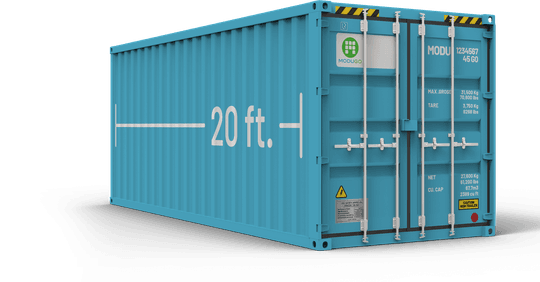
40 ft container shipping cost from china to canada
The cost of shipping a 40-foot container from China to Canada ranges from $2,500 to $6,000. It is an approximate cost that may vary in accordance with different conditions: shipping route, carrier, and other value-added services such as insurance and customs clearance. Market fluctuation, fuel prices, and port congestion are also causes for changing the final price. To get an accurate estimate, all related expenses must be considered, including customs duties and inland transportation within Canada. By having everything planned in advance, you will avoid any hitches with additional costs.
Market conditions, fuel prices, port congestion, and many other factors may influence the above costs. Other costs, which are very important, include customs duties, taxes, insurance, and inland transportation within Canada.
The most important thing is to partner with the right company, where your wants and interests will be taken care of in getting the best rate and service. TopShipping, with great experience in international shipping, is ready to help find the best solutions in shipping your container from China to Canada. We ensure a seamless and cost-effective shipping process according to your needs.
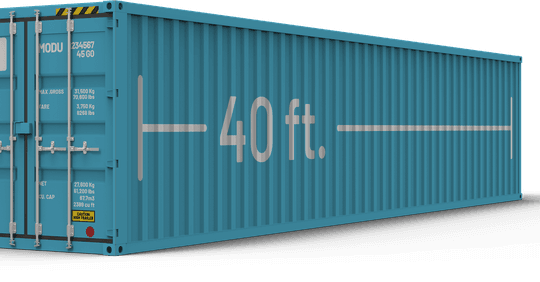
Cheapest Way To Ship From China To Canada
If one seeks the cheapest way of shipping from China to Canada, here are some tips that might help you save money. First, instead of using air freight, use sea freight since it is cheap, especially if the shipment quantity is big, and though it could be slower, it would help. Choose LCL (Less-than-Container Load) if you do not have enough goods to fill up the whole container so you pay for the space you use.
The same can be done by making the quote well in advance and trying to avoid peak seasons. Consolidation of shipment with others that are going to the same destination is a good way as well. You can then be involved in a smooth and less costly process by engaging a reputable company like TopShipping. We have experts in finding the best deals and processing customs efficiently, so you get to have the most affordable shipping solution to your needs.
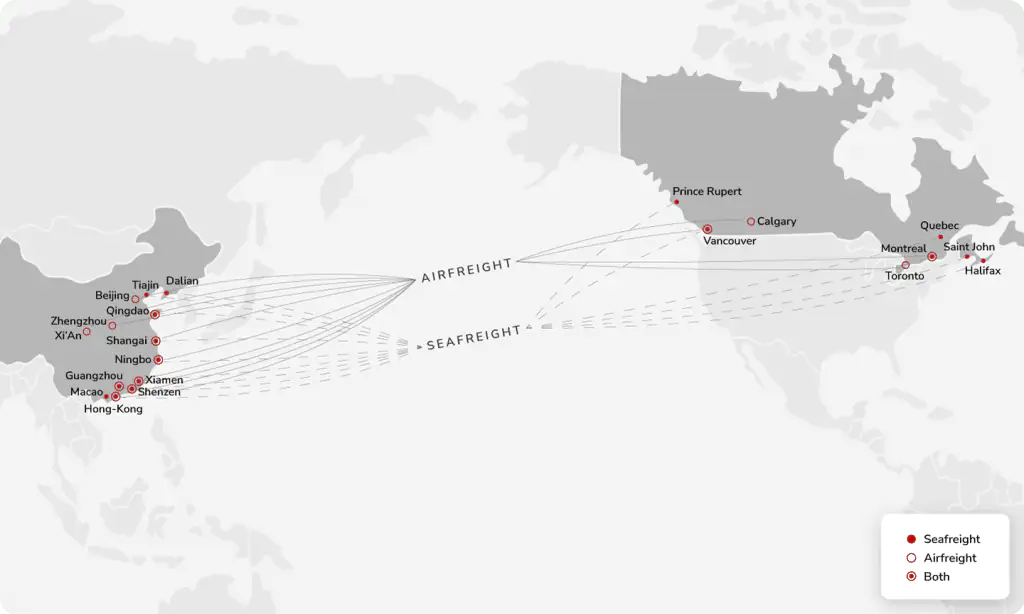
Cheapest Way To Ship From China To Canada
How Long is Shipping From China to Canada?
It depends on the method you will choose to ship products from China to Canada. Shipping via air usually is the fastest option and takes from 5 to 10 days on average. This option will be good if you urgently need goods; however, it is more expensive.
Shipping, in sea freight, is cheaper, but it does take longer, and that can be between 20 to 40 days, depending on the route the shipment would take, the weather condition, and the congestion of the ports. For larger shipments, sea freight is ideal because delivery is not urgent.
The type of shipping method will vary, and it is best if one researches ahead of time and chooses the best method that fits a specific timeline or budget. Note that customs clearance may be an additional two days added onto shipping time. Generally speaking, it is the key choices between speed and cost that make the difference in how long it will take for your shipment to go from China to Canada.
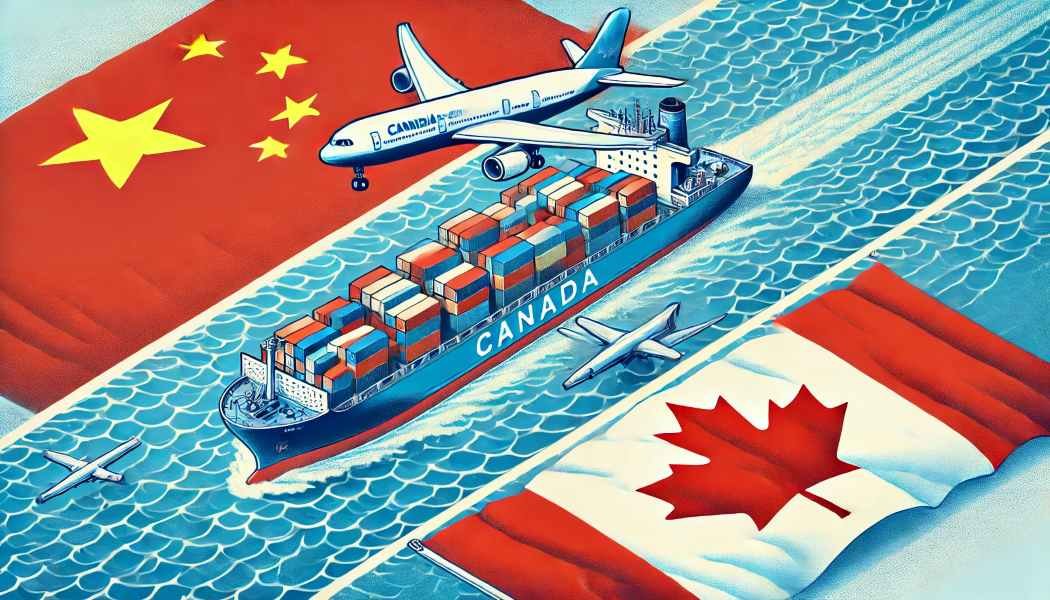
Express Shipping China To Canada
Shipping from China to Canada might take different times depending on the method you choose. It usually is the fastest option if you send it by air – on average it will take 5 to 10 days. This is a good option in the case when you urgently need goods; however, it is more expensive.
Sea freight shipping is a bit cheaper, though it may take longer, usually from 20 to 40 days, depending on the route the shipment would take, weather conditions, and congestion of ports. Sea freight is ideal for larger shipments that are not urgent.
The type of shipping method will vary, and it is best if one researches ahead of time and chooses the best method that fits a specific timeline or budget. Note that customs clearance may add an additional two days onto shipping time. Generally speaking, the choice between speed and cost will make all the difference in how long it takes for your shipment from China to Canada.
Final Takeaway
Conclusion: Express delivery from China to Canada-which is the best choice intended for those customers who require faster and more reliable shipment. While more expensive, this grantee service will be helpful in urgent or high-value shipments. Having partnered with trusted carriers and freight forwarders, your goods will receive proper handling for timely delivery. Whether tight deadlines are at play, or it is a question of managing the last orders, express shipping may give peace of mind over the timely and safe arrival of your products.
Also, if you are interested in exploring an understanding of options concerning shipping in other regions, you can easily find information on sea freight rates from China to Australia . This carries substantial input about cost-effective shipping options, and one is actually comparing the shipping options available for different routes.
FAQ
What are some goods that Canada imports from China?
Canada imports various goods from China, including electrical and electronic equipment, machinery, apparel, plastics, furniture, and more.
What documents are required for shipping goods from China to Canada?
Important documents for shipping include the Bill of Lading, Certificate of Origin, and Custom Invoice.
What are the advantages of container shipping from China to Canada?
Container shipping offers lower rates, can handle heavy and bulky shipments, is more eco-friendly than air transport, and has fewer restrictions compared to air modes.
Which are the top container shipping companies from China to Canada?
Some top container shipping companies include COSCO, APL, Hapag Lloyd, Maersk Line, OOCL, and MSC.
How much does it cost to ship a container from China to Canada?
The cost varies based on factors such as the mode of shipping (FCL or LCL), Incoterms chosen, shipping routes, shipping season, fuel prices, and distance between ports.
How much does it cost to ship a 20ft/40ft container from China to Canada?
The cost for a 20ft container ranges from $706 to $1,101, while a 40ft container costs between $1,223 and $2,799, depending on specific ports and other factors.
What is the cheapest way to ship from China to Canada?
The cheapest method is usually sea freight, which offers more affordable rates compared to air freight and air express.
How can I secure cheaper shipping rates from China to Canada?
Tips for cheaper rates include working with a freight forwarder, choosing the right shipping method, optimizing packaging, and considering low seasons for shipping.
Why should I consider using a freight forwarder for shipping from China to Canada?
Freight forwarders have expertise in the shipping process, can negotiate better rates, handle documentation and payments, and ensure a smoother shipping experience.
Which are the top ports in China and Canada for container shipping?
Top ports in China include Shanghai, Guangzhou, Ningbo, Xiamen, Qingdao, and Shenzhen. In Canada, top ports include Vancouver, Montreal, Prince Rupert, Halifax, Saint John, Winnipeg, and Toronto.













